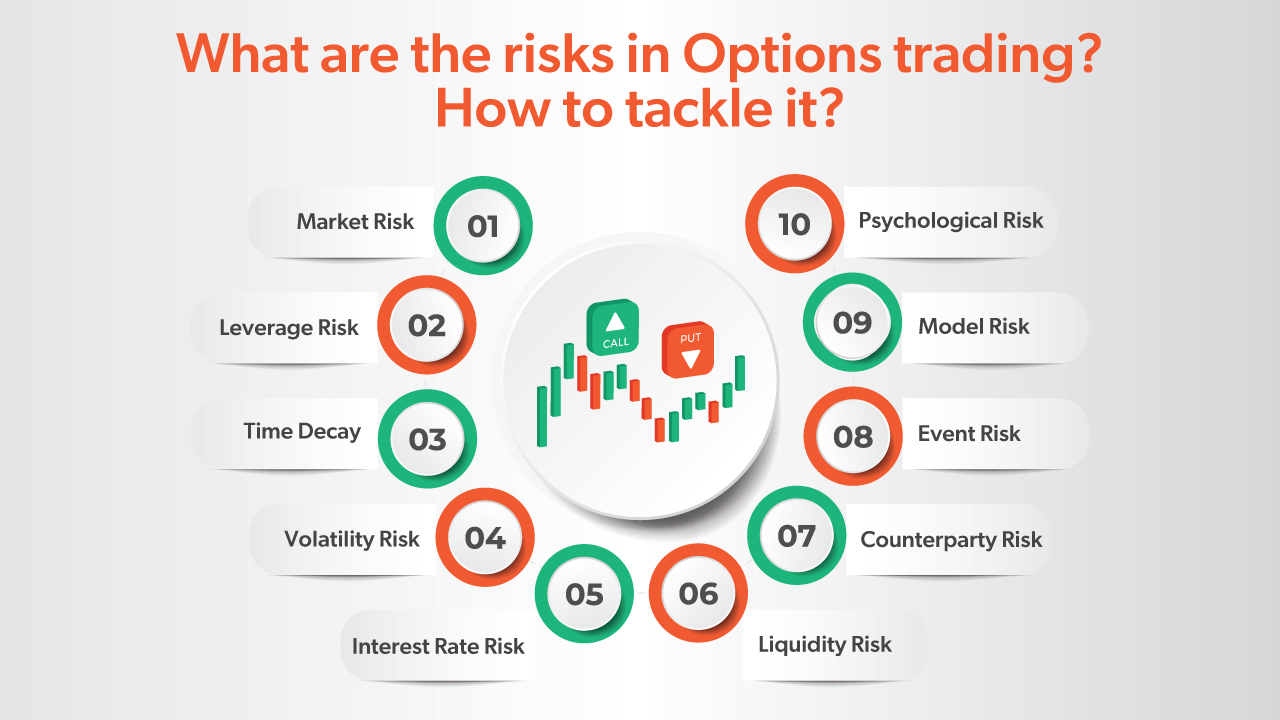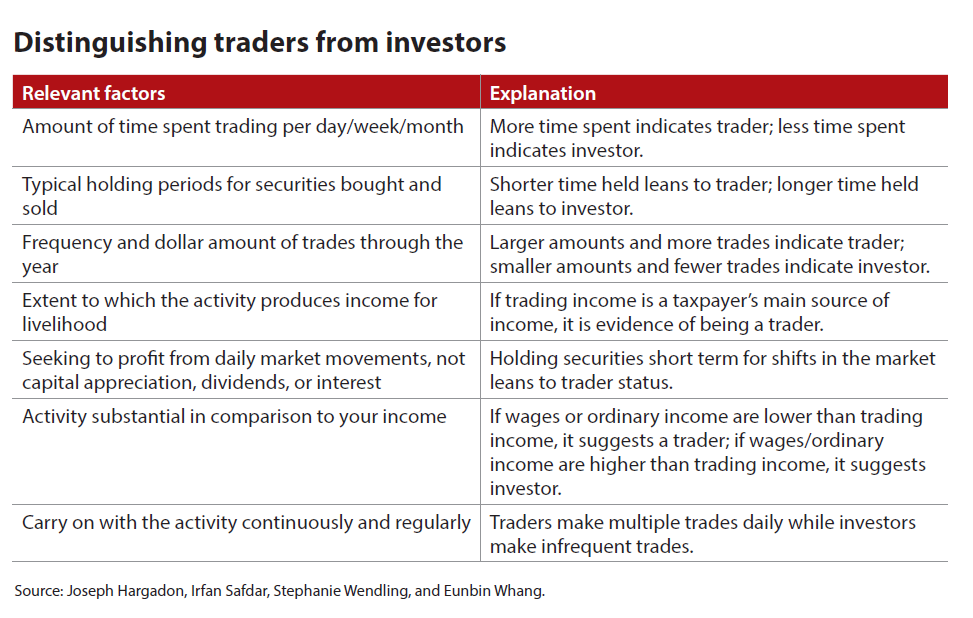Did you know that trading options can be as confusing as trying to explain to your cat why it can’t go outside? In this article, we break down the essential components of options in day trading, ensuring you grasp the basics, from what options are and how they function, to the benefits and risks involved. Learn how to choose the right options, effective strategies, and risk management techniques. We’ll also explore the impact of expiration dates, pricing factors, and the role of volatility. Plus, discover common pitfalls to avoid and how options can be used for hedging. With insights from DayTradingBusiness, you'll be better equipped to navigate the dynamic world of options trading.
What are options in day trading?
Options in day trading are contracts that give traders the right, but not the obligation, to buy or sell an underlying asset at a predetermined price before a specific expiration date. They can be used to leverage positions, hedge risk, or speculate on price movements. Common types include call options (betting the price will rise) and put options (betting the price will fall). Traders often use strategies like straddles or spreads to maximize profit potential while managing risk.
How do options work in day trading?
Options in day trading give traders the right, but not the obligation, to buy or sell an underlying asset at a predetermined price within a specific timeframe. Traders use call options to bet on price increases and put options for declines. Day traders typically focus on short-term strategies, aiming to capitalize on price fluctuations. They analyze market trends, news, and technical indicators to make quick decisions. Key concepts include strike price, expiration date, and premium, which influence potential profits and risks. Effective risk management is crucial since options can lead to significant losses if not handled properly.
What are the benefits of trading options?
Trading options offers several benefits:
1. Leverage: You can control a larger position with a smaller investment, amplifying potential returns.
2. Flexibility: Options can be used for various strategies, including hedging risks or speculating on price movements.
3. Limited Risk: When buying options, your maximum loss is confined to the premium paid, unlike stocks where losses can be substantial.
4. Income Generation: Selling options can provide income through premiums, especially in a stable market.
5. Diverse Strategies: You can implement strategies like spreads, straddles, or iron condors to profit in different market conditions.
These benefits make options a powerful tool in day trading.
What risks are involved in day trading options?
Day trading options involves several risks, including:
1. High Volatility: Options can experience rapid price swings, leading to significant losses.
2. Time Decay: The value of options decreases as expiration approaches, which can erode profits quickly.
3. Leverage: While leverage can amplify gains, it also magnifies losses, risking more capital than initially invested.
4. Market Risk: Sudden market movements can lead to unexpected outcomes, affecting option prices.
5. Liquidity Risk: Some options may have low trading volume, making it hard to enter or exit positions without impacting the price.
6. Complex Strategies: Advanced strategies can be difficult to manage and understand, increasing the likelihood of errors.
Understanding these risks is crucial for anyone considering day trading options.
How do you choose the right options to trade?
To choose the right options to trade, first identify your objectives and risk tolerance. Analyze underlying stocks for volatility and trends. Use technical analysis to spot entry and exit points. Look for options with high open interest and volume to ensure liquidity. Consider the expiration date; shorter terms may offer quicker profits but higher risk. Lastly, evaluate implied volatility to assess if options are overpriced or underpriced.
What strategies are effective for day trading options?
Effective strategies for day trading options include:
1. Scalping: Focus on small price movements and quick trades to capitalize on volatility.
2. Momentum Trading: Buy options on stocks showing strong upward or downward movement, riding the trend.
3. Iron Condor: Use this strategy for range-bound stocks by selling an out-of-the-money call and put, then buying further out options to limit risk.
4. Straddles and Strangles: Buy both call and put options to profit from significant price movements in either direction, especially before earnings reports.
5. Technical Analysis: Use charts and indicators to identify entry and exit points based on price trends and patterns.
6. News-Based Trading: Monitor news and earnings announcements to make quick trades based on anticipated market reactions.
7. Risk Management: Set stop-loss orders and limit the amount of capital allocated to each trade to protect against significant losses.
Implement these strategies with discipline and continuous learning to improve your day trading options success.
How can you manage risk with options in day trading?

To manage risk with options in day trading, use strategies like buying protective puts to hedge against losses, or selling covered calls to generate income while holding stocks. Set strict stop-loss orders to limit potential losses and define your risk-reward ratio before entering trades. Diversify your positions to avoid overexposure to any single stock or sector. Additionally, monitor market conditions and adjust your strategies based on volatility. Lastly, practice disciplined position sizing to ensure no single trade impacts your overall capital significantly.
What is the difference between calls and puts in options trading?
Calls give the holder the right to buy an asset at a set price before expiration, expecting the asset’s price to rise. Puts give the holder the right to sell an asset at a set price before expiration, anticipating the asset’s price will fall. In essence, calls are bullish, while puts are bearish.
How do expiration dates affect options trading?
Expiration dates impact options trading by determining the lifespan of the option. As expiration approaches, time decay accelerates, reducing an option's premium. Traders often focus on short-term options for quick profits or long-term for strategic positions. Near expiration, volatility can spike, affecting pricing and trading strategies. Understanding these dynamics helps traders optimize their entry and exit points.
What factors influence options pricing?
Options pricing is influenced by several key factors:
1. Underlying Asset Price: The current market price of the underlying asset directly impacts the option's intrinsic value.
2. Strike Price: The difference between the strike price and the underlying asset price determines the option's profitability.
3. Time to Expiration: The longer the time until expiration, the higher the premium due to increased uncertainty.
4. Volatility: Higher volatility increases the option's price, as it raises the likelihood of significant price swings.
5. Interest Rates: Rising interest rates can increase call option prices and decrease put option prices.
6. Dividends: Expected dividends from the underlying asset can affect pricing, particularly for call options.
These factors combine to determine the option's market value in day trading.
How do volatility and liquidity impact options trading?

Volatility affects options trading by influencing option premiums. Higher volatility increases the expected price swings, leading to more expensive options. Traders often seek volatile stocks for greater profit potential.
Liquidity impacts options trading by determining how easily you can buy or sell options without affecting the price. High liquidity means tighter bid-ask spreads and faster execution, which is crucial for day trading. Low liquidity can lead to slippage and difficulty in entering or exiting positions.
Can you use technical analysis for trading options?
Yes, you can use technical analysis for trading options. Technical analysis helps identify price trends and patterns, which can inform your options trading decisions. By analyzing charts, indicators, and volume, you can gauge market sentiment and make more informed trades. For example, using support and resistance levels can help determine optimal entry and exit points for options strategies.
Learn about How to Use Technical Analysis for Options Day Trading
What are common mistakes to avoid in options day trading?
1. Lack of a clear strategy: Entering trades without a defined plan can lead to poor decisions.
2. Ignoring volatility: Not considering implied volatility can result in unexpected losses.
3. Overtrading: Taking too many positions can spread your focus thin and increase transaction costs.
4. Poor risk management: Failing to set stop-loss orders can lead to significant losses.
5. Emotional trading: Letting fear or greed dictate your trades can derail your strategy.
6. Inadequate research: Not staying informed about market news and trends can lead to missed opportunities.
7. Trading without a plan: Jumping into trades without analysis often results in losses.
8. Neglecting to understand options: Misunderstanding how options work can lead to costly mistakes.
Learn about Common Mistakes in Day Trading Scalping and How to Avoid Them
How Can I Effectively Use Options in Day Trading Strategies?
Understanding options in day trading involves knowing how options contracts work, including calls and puts, their expiration dates, and how to leverage them for short-term profits. Traders use strategies like buying calls or puts based on market predictions, employing risk management techniques to minimize losses.
Learn more about: Understanding Options in Day Trading
Learn about How to Use Technical Analysis for Options Day Trading
How can you use options to hedge in day trading?
You can use options to hedge in day trading by purchasing put options to protect against potential losses in your long positions. If you own a stock, buy a put option with a strike price below the current market price; this gives you the right to sell the stock at that price, limiting your downside risk. Alternatively, consider selling call options against stocks you own, which generates income and provides a buffer against small declines. Always calculate the cost of hedging and monitor your positions closely to ensure they align with your overall trading strategy.
Learn about How to Use Technical Analysis for Options Day Trading
What tools and platforms are best for options trading?
The best tools and platforms for options trading include:
1. TD Ameritrade (thinkorswim) – Offers advanced charting and analysis tools.
2. E*TRADE – User-friendly interface with robust research features.
3. Charles Schwab – Great for commission-free trades and comprehensive educational resources.
4. Interactive Brokers – Ideal for professional traders with low fees and powerful trading tools.
5. Robinhood – Simple platform for beginners, but limited research options.
6. TradeStation – Excellent for strategy testing and automation.
Choose based on your trading style, experience, and the features you need.
How do taxes affect profits from options day trading?

Taxes significantly impact profits from options day trading by reducing your net gains. Short-term capital gains tax applies to profits from options held for less than a year, typically taxed at your ordinary income rate, which can be as high as 37%. This means if you make a $1,000 profit, you could lose $370 or more to taxes. Also, wash sale rules can complicate tax calculations if you buy and sell the same option within 30 days. Keeping accurate records and consulting a tax professional can help manage these impacts effectively.
Conclusion about Understanding Options in Day Trading
In summary, understanding options in day trading is crucial for maximizing potential profits while managing risks effectively. By grasping how options work and the factors influencing their pricing, traders can make informed decisions and develop sound strategies. Remember that risk management and avoiding common pitfalls are essential for success. For those looking to deepen their knowledge and enhance their trading skills, DayTradingBusiness offers valuable insights and resources to navigate the complexities of options trading.
Learn about Frequently Asked Questions About Day Trading Options